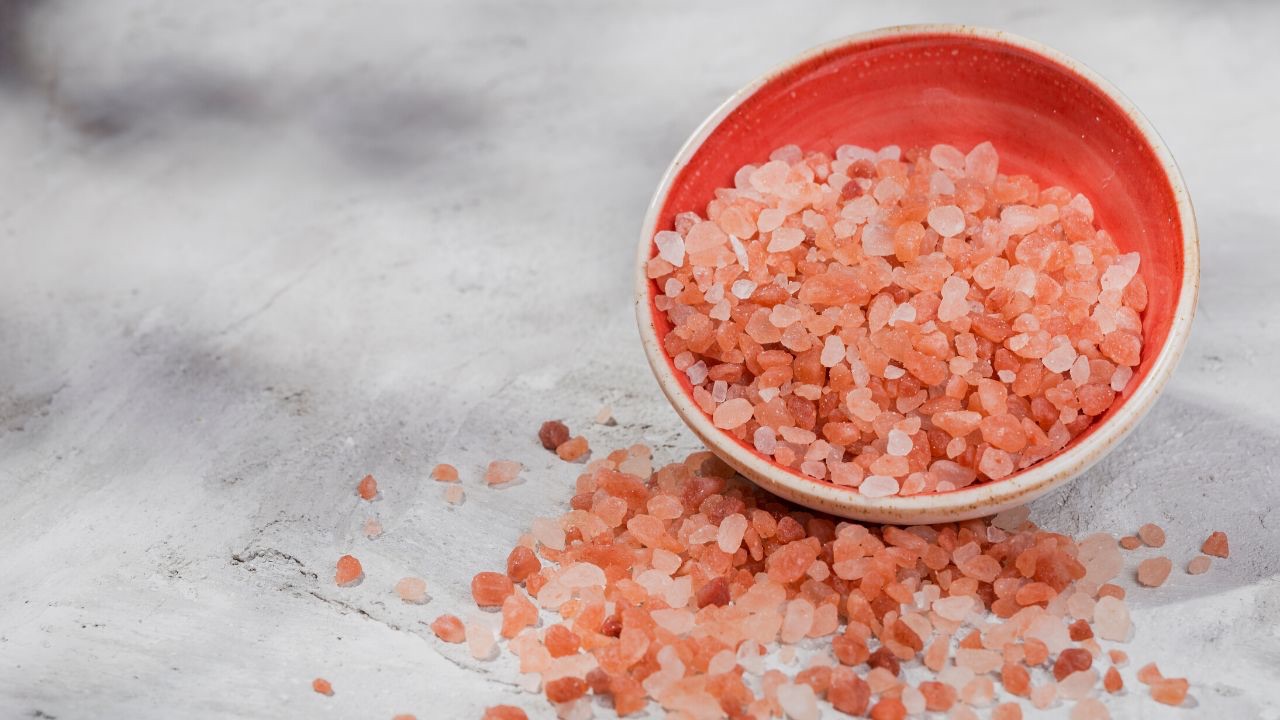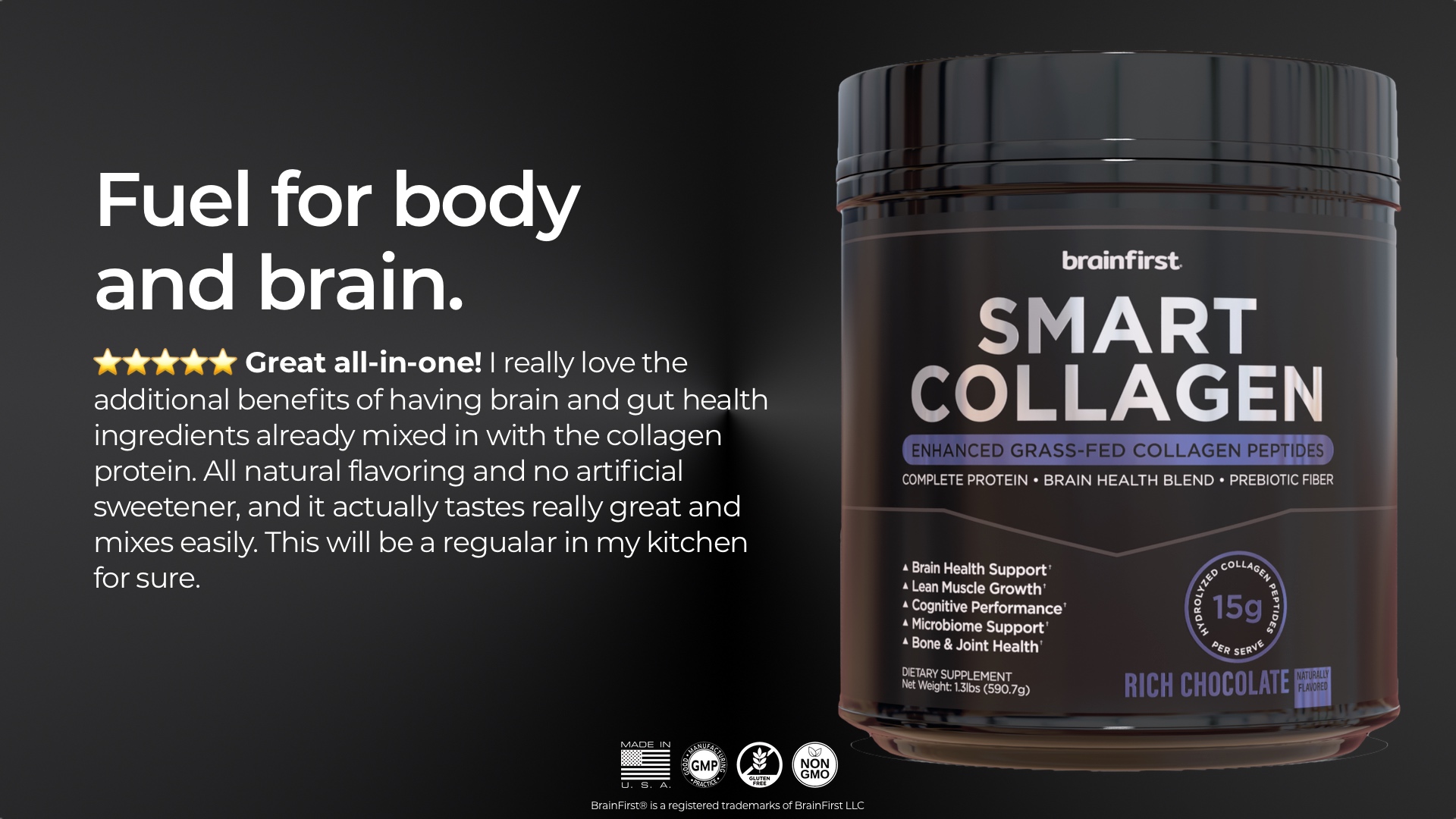Essential Electrolytes

![]()
Electrolytes are minerals that are essential for maintaining proper hydration and fluid balance in the body. Three important electrolytes are sodium (from Himalayan pink salt), potassium, and magnesium citrate.
Sodium (from Himalayan pink salt)
Hydration
Himalayan pink salt contains several essential electrolytes, including sodium, potassium, calcium, and magnesium, which are important for maintaining proper hydration and fluid balance in the body (Rosanoff et al., 2012).
Digestive health
Himalayan pink salt has been shown to improve digestion by stimulating the production of digestive enzymes and increasing stomach acid production (Mittal et al., 2013).
Potassium
Blood pressure regulation
Potassium has been shown to help regulate blood pressure by reducing sodium levels in the body and promoting vasodilation (Whelton et al., 2017).
Cognitive function
Potassium has also been shown to improve cognitive function by enhancing the communication between brain cells and reducing oxidative stress (He et al., 2018).
Magnesium Citrate
Sleep quality
Magnesium citrate has been shown to improve sleep quality by promoting relaxation and reducing stress levels (Abbasi et al., 2012).
Brain function
Magnesium citrate has also been shown to improve brain function by enhancing synaptic plasticity and improving memory (Slutsky et al., 2010).
These Electrolytres are included in:






